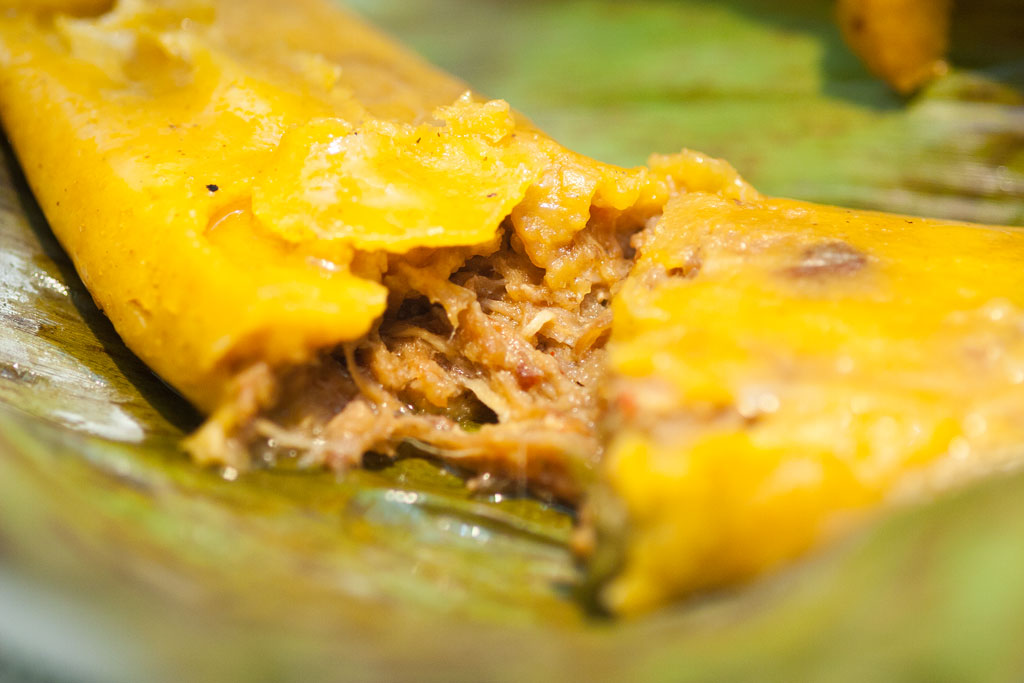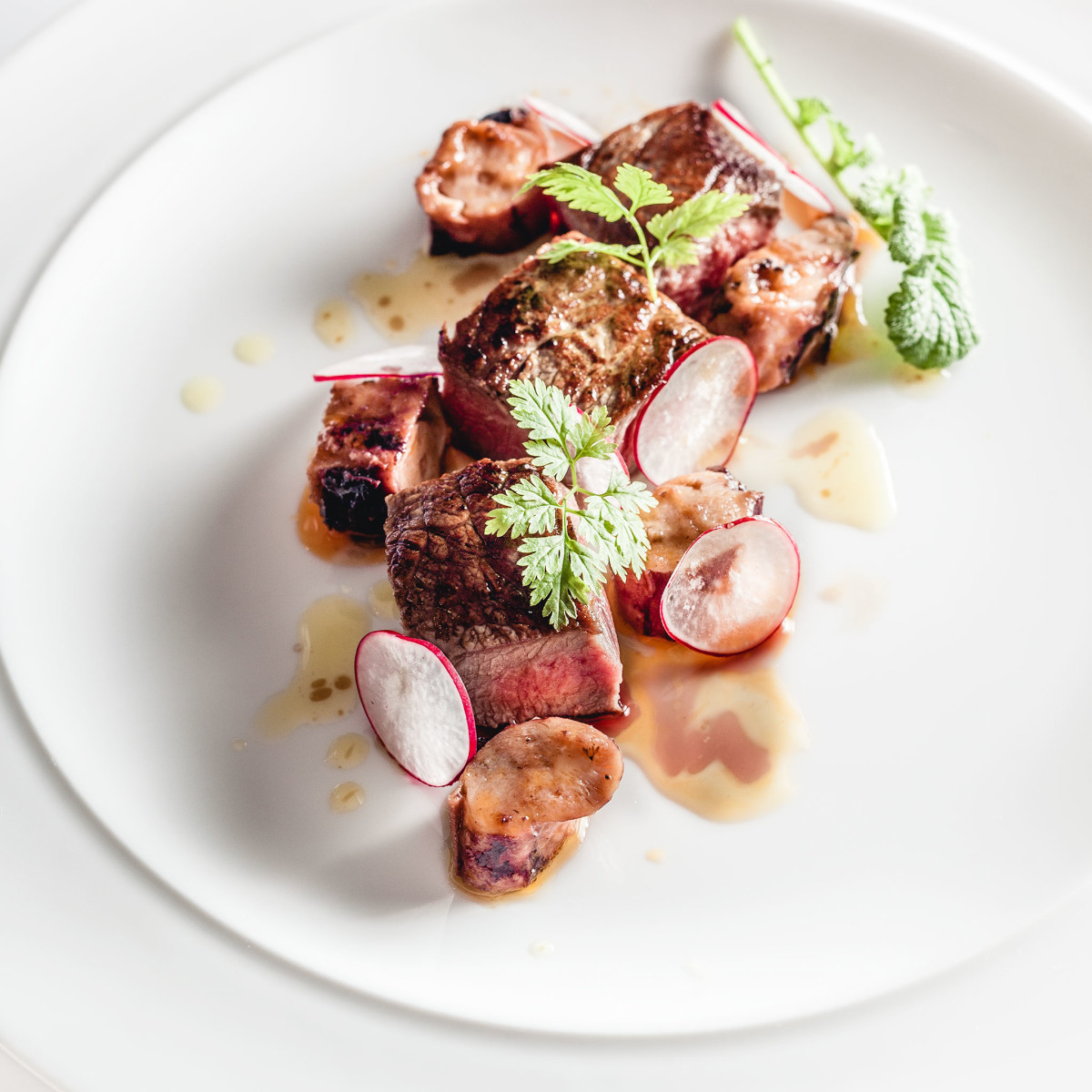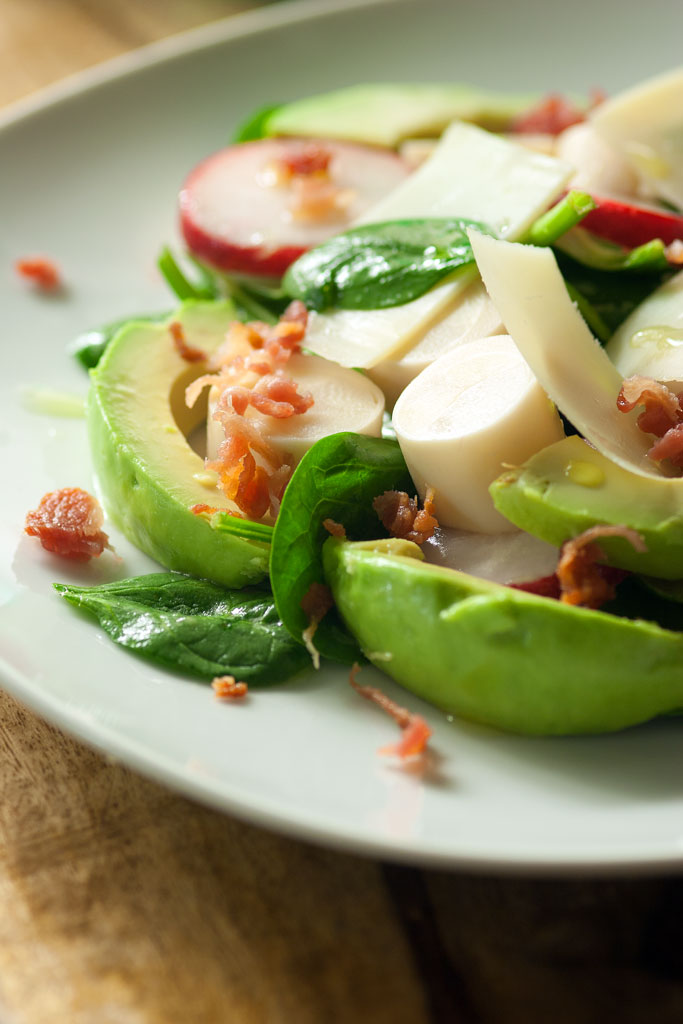It might not look like much. It is one of my favorite things to eat. It does take hard work to make. So many different cooking techniques at play, hallacas are worth the effort and time, I love this christmas venezuelan classic, I could make it more often if I had the time, but it requires holidays-type free time. I’ve been working on these for 3 days now. Like mexican tamales and puerto rican pasteles, these masa dough treats stuffed with slow stewed meats and tons of south american flavors are amazing and worth learning and understanding. Let’s break it down:
1. It is similar to tamales.
2. Stuffing is a mix of pork, chicken and beef stews.
3. Dough, flavored masa with chicken stock, anatto, fat and “papelon”.
4. The wrapping is made from green plantain leaves. Twine used to tie them.
5. The wraps are then boiled for 20 mins or so. Done.
The preparation is simple but rather time consuming because stewing 3 different proteins takes time. Here’s what I do:
I do equal parts pork/chicken/beef.
Chicken:
I used only chicken breasts for texture.
Debone breasts, keep bones.
Pressure cook breasts in plain water until they break down. 30 minutes.
Shred chicken.
Coat bones in vegetable oil. Roast until nicely golden.
Make a basic mirepoix paisanne cut, adding bell peppers and pasilla peppers, and leeks.
Add garlic.
Add tomato paste. Caramelize a bit.
Cover in water and pressure cook veggies and bones for 1 hr.
Skim off impurities.
Strain stock and reduce until deep dark golden color. Down to about 1/3
Mix half of the reduced stock with the shredded chicken.
Safe the rest of the stock to flavor masa dough.
Beef:
It’s called asado negro. Sour-sweet beef stew.
Use any good meat for stewing. Chuck is nice.
Cut in 1 inch. Dust with flour. Brown in batches.
In between brownings, deglaze pan, reserve fond. Keep browning.
Remove beef. Clean pot/pan. (im doing everything in the pressure cooker)
Mirepoix with added pasilla and bell pepper. cut finely.
Sweat and roast mirepoix. Deglaze if needed.
Add tomato paste. Caramelize a bit.
Add garlic, don’t let brown.
Bring browned meat in the pot.
Add a mix of papelon syrup and white vinegar equal parts and add to taste.
Add a few pinches of salt to help break down the meat and develop flavor.
Pressure cook for about 1 hour. Meat will break down.
Allow to cool.
Shred.
Pork:
I made “Pernil” which is roasting a pork shoulder. Check this link.
Cut some of the meat in 1 inch cubes. The rest of the pernil, well… enjoy eating it.
Roasting this pork yields and awesome Jus. Some of it will be added to the dough.
Pressure cook pork chunks with a bit of water. 30 mins.
Let pork cool.
Shred.
Mixing stews:
Add all 3 stews in one pot.
On high heat, reduce moisture until “Au sec”.
I like to produce more fond and deglaze for awhile, until I reach the flavor/color I like.

Dough:
Mix corn flour, chicken stock, pork jus, papelon, salt, water. Taste, taste, taste.
Anatto mixed in water, add to dough as needed until you reach the desired color.
I flavor this dough, adding bits of each component at a time, until I’m happy with the flavor.
Should be yummy on its own.

Plantain Leaves:
Here’s the painful part of the whole process, dealing with these.
They tend to break. They need cleaning. They need patience.
Cut them the best possible way in squares. Strips will come in handy too.
Gas burner on high. Warm the leaves over it. Should see color and texture changing.
This process is worth it. The plantain leaves will impart most of the christmas flavor.
Assembly:
Place leaf on work surface.
Spoon some dough.
Using a plastic bag, silkpad, slightly greased with olive oil, spread over the leave.
Spoon some stew.
Garnich with a couple capers, an olive, few raisins, pickled veggies.. acidity accents work great.
Fold plantain leaf and wrap with kitchen twine.

Cooking:
Throw the wrapped hallacas in a pot with boiling water for 20 minutes. done.
Merry Christmas! I didn’t provide an explicit recipe, sorry about that. I think it is more important to understand what the purpose is, and then come up with a recipe based on personal preferences and taste. Basically, understanding stewing and roasting is important. Stock rendering too. Flavor development and seasoning. I didnt use herbs or wine this time. Parsley and Cilantro can be used in the final stages of the stewing for some brighter bitter notes. I didn’t but could totally have! I have batches of stew frozen and ready to be used. I can still go in and adjust seasoning or add last minute parsley kicks.
Wanna get more sous-vide cooking guides and cool cooking how-to’s in your mailbox? You know what needs to be done!
We never spam. You should only be getting updates when new content is posted on the site. We also respect your privacy. We don’t share your email address with anyone and you can unsubscribe anytime!




3 comments